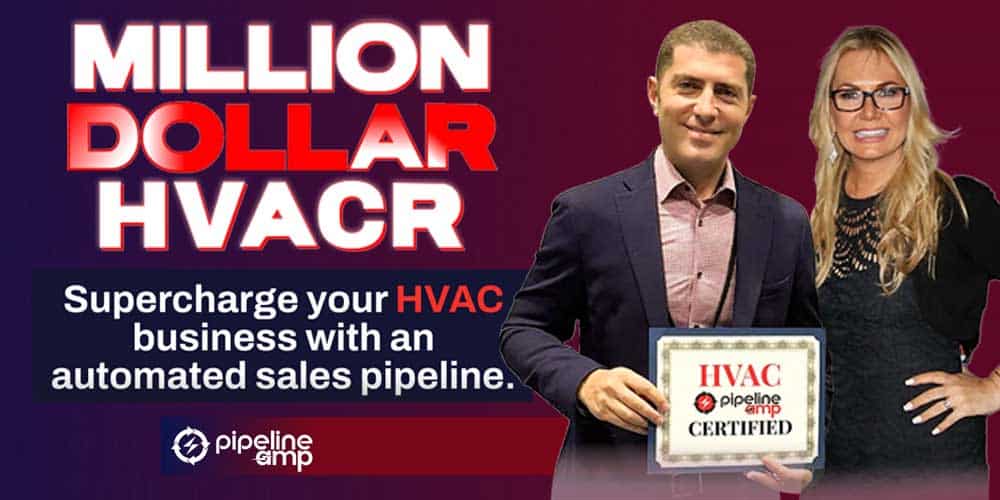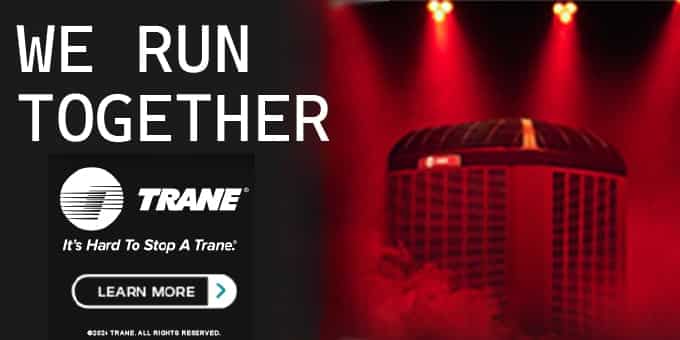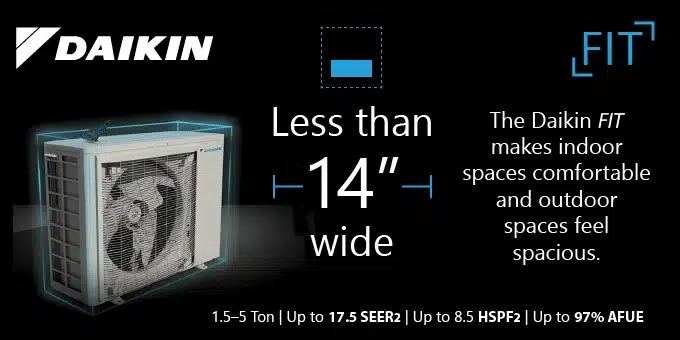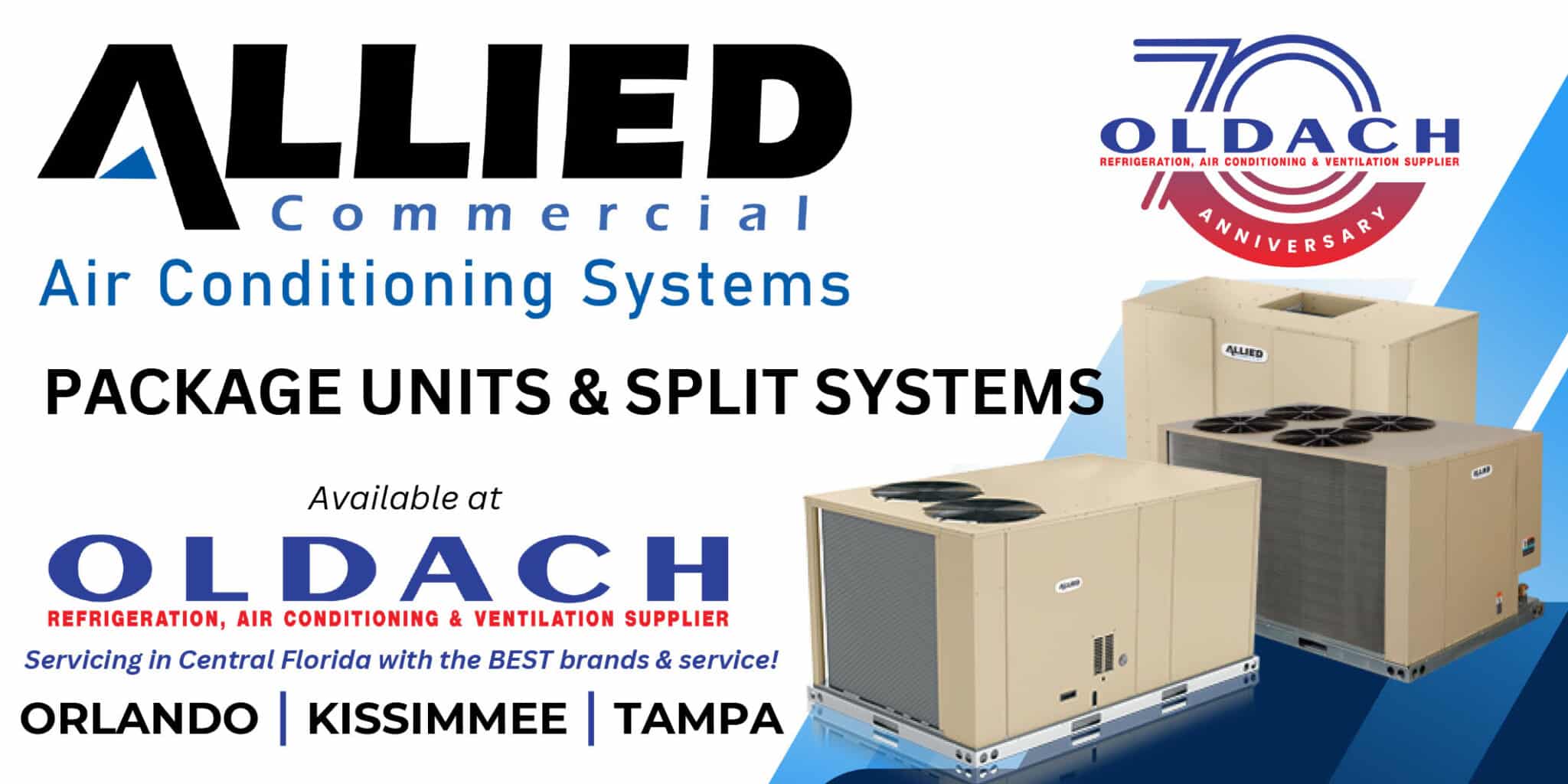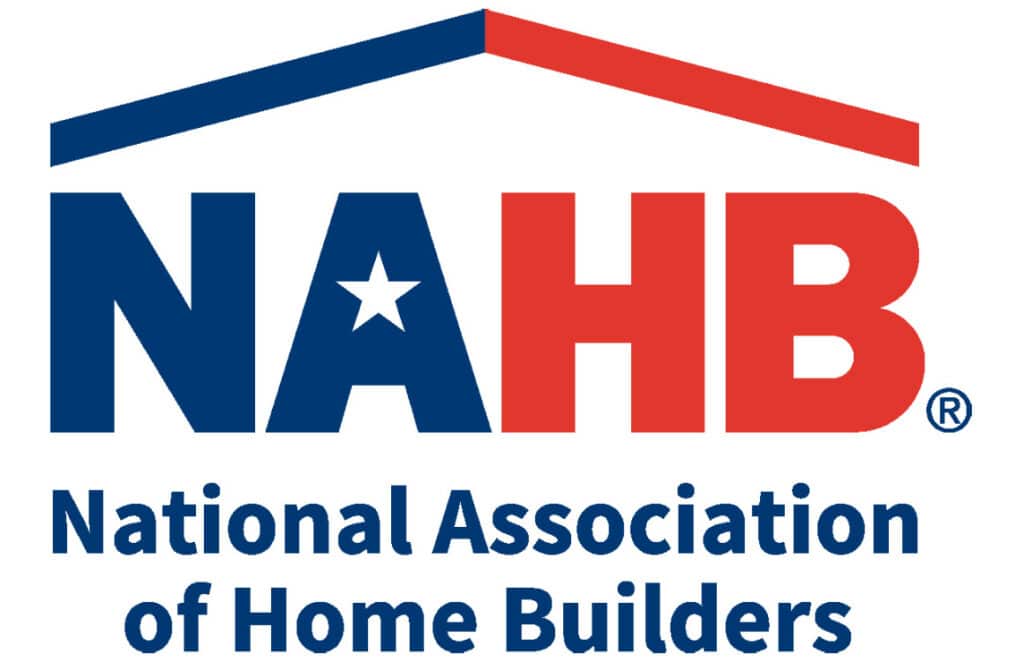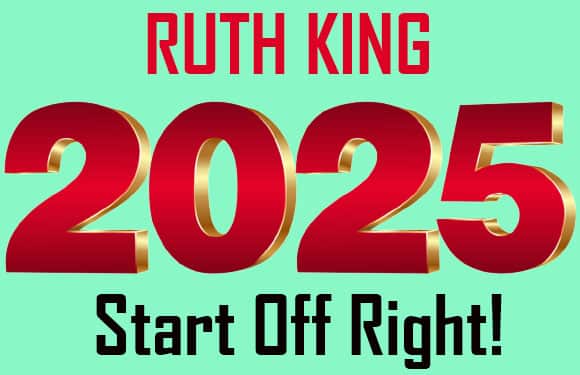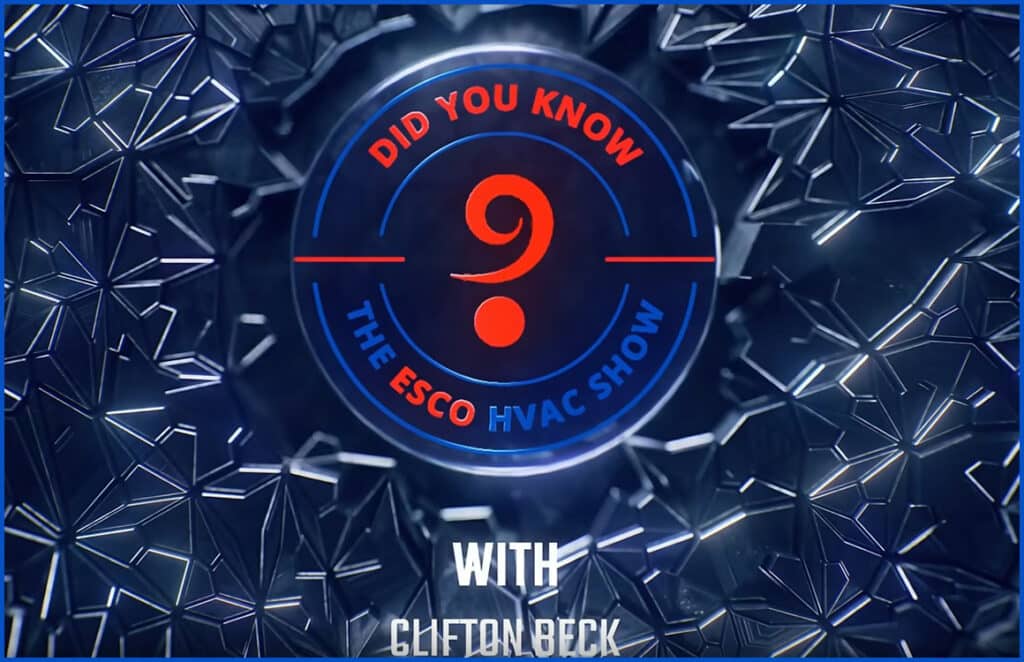Contributed by Victoria Polito. Excerpted from CE News.
 The Inflation Reduction Act being passed means big changes are underway for the HVAC industry for contractors and customers alike. One of the primary goals for this bill as it relates to HVAC is to significantly decrease carbon emissions, push green technology, and for Americans to save money on their energy bills.
The Inflation Reduction Act being passed means big changes are underway for the HVAC industry for contractors and customers alike. One of the primary goals for this bill as it relates to HVAC is to significantly decrease carbon emissions, push green technology, and for Americans to save money on their energy bills.
Various rebates and tax credits are included in the IRA for qualifying customers who are looking to switch to energy efficient heat pumps. A Consumer Report study done in June 2022 shows that 21 percent of US adults are not interested in switching to heat pumps because it’s out of their budget. However, incentives such as these tax credits and rebates give consumers an affordable and tangible opportunity to switch to heat pumps without financially stretching themselves. While there’s a lot of chatter about the depth of this bill and the impact it will have, we wanted to give you a digestible breakdown of what tax credits and rebates are being provided, who’s qualified, and how to get started.
What Are My Options?
Federal Tax Credit
This option will cover 30 percent (up to $3,000) of the total cost to install a heat pump, including labor costs. This tax credit is available through the end of 2032, but that’s not all! You can also claim up to $1,200 in total tax credits per year on additional expenses related to heat pump upgrades. Here are a few worth mentioning:
- $600 for air-sealing materials or systems
- $150 for a home energy audit
- $600 for upgrading your electrical supply if it’s necessary to complete the project.
State Administered Rebates
Consumers also could be eligible for up to $1,750 for a heat pump water heater and $8,000or a heat pump. There are no federal efficiency requirement guidelines, but states may decide to implement their own requirements. In addition to installing a heat pump, low to moderate-income consumers may qualify for these upgrade rebates:
- $1,600 for insulation, air sealing and ventilation
- $4,000 for upgrades to electrical panel and service
- $2,500 for electrical wiring
Who Qualifies?
Tax Credits – If you are a taxpayer, then the short answer is yes. This program only applies to equipment that has been installed on January 1, 2023, or later.
Rebate Programs – The rebates are dependent on your income. Here are the specifics:
- Eligible for 100 percent
To receive 100 percent of the rebates available, your household income has to be less than 80 percent of your state’s median household income. For example, if you live in Massachusetts, where the median household income is $39,666, you can save up to $8,000 on a $10,000 heat pump. Remember, this depends on what state you live in and what specifics they have in place.
- Eligible for 50 percent
To receive 50 percent of the rebates available, your household income is 80 percent to 150 percent of your state’s median income. To use the same example, if the heat pump costs $10,000, you could save up to $5,000 (state requirements may vary).
- Non-Eligible for rebates
If your household income is more than 150 percent of your state’s median income, you are not eligible for these rebates.
Where Do I Start?
Details are actively being developed as the IRA is still fresh off the press, but here is what we know – Tax credits will need to be included in your federal income taxes. The form that is needed is unclear, however, your tax accountant or provider, such as H&R Block, Turbo Tax, etc., should know that information. As for rebates, this is still up for discussion, as the programs will vary depending on your state.
In the meantime, keep up with CE’s blog for all of your latest news regarding The Inflation Reduction Act, SEER2 efficiency standards and more. We will be sharing updates on these impactful initiatives in a timely manner to ensure you are prepared.
Follow us on LinkedIn, Instagram, Facebook and TikTok to be the first to know.


